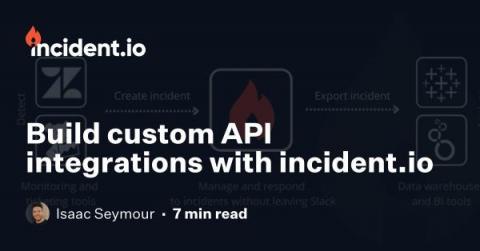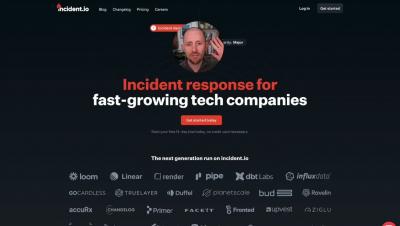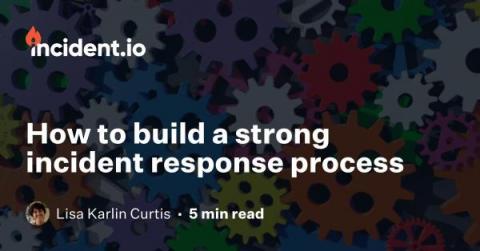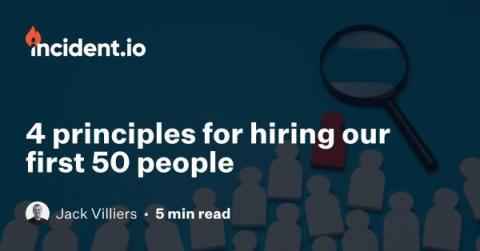Build custom API integrations with incident.io
We’re building incident.io as the single place you turn to when things go wrong. When an issue is disrupting your business-as-usual, the last thing you want is to start opening ten different tools to diagnose and fix it! As your central incident hub, we need to give you two powers: Workflows cover the former. Workflows are like a mini incident.io Zapier.











